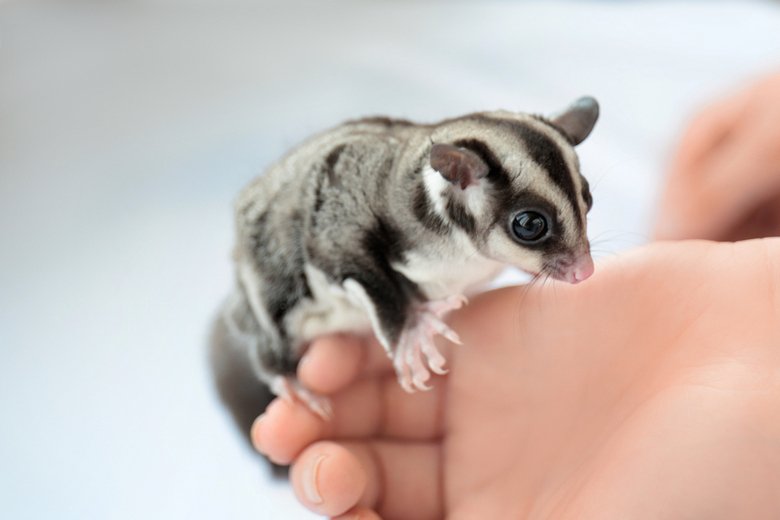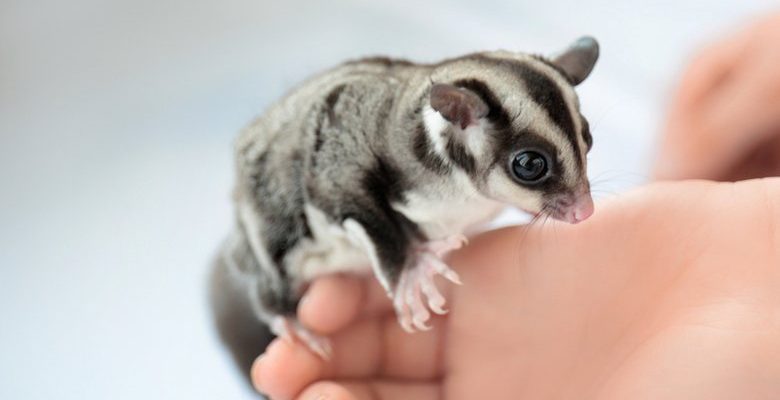
If you’re considering adding a sugar glider to your family, or you already have one and want to deepen your understanding, you’re in the right place. Caring for these marsupials involves several key aspects—from their diet to their habitat, social needs, and health care. Think of this guide as a roadmap to ensure your sugar glider thrives, just like its wild counterparts in the treetops.
Understanding Sugar Gliders’ Needs
Sugar gliders are native to Australia and New Guinea, making them exotic pets in other parts of the world. These nocturnal animals are social by nature and thrive when they have companions. You might be wondering why they cling to this social aspect. In the wild, they live in colonies, developing strong bonds with other sugar gliders. Keeping one alone can lead to loneliness and stress.
When you decide to bring a sugar glider into your home, think about their mental and physical needs. They require ample space to glide and play, so a large cage is essential. In addition, consider the impact of their nocturnal schedule. They’re most active in the evening, which is when they’ll want to engage with you. So, be prepared for some late-night adventures!
Creating the Perfect Habitat
Setting up your sugar glider’s home can be a fun project. Start by choosing a cage that’s at least three feet tall and two feet wide. A multi-level cage with ramps and shelves allows your sugar glider to climb, glide, and explore. You can fill their environment with various toys made from safe materials, like wood and fabric.
Here are some ideas to make their home cozy and stimulating:
- Branches: Secure some safe branches for climbing.
- Hammocks: Sugar gliders love to snuggle in hammocks.
- Toys: Rotate their toys regularly to keep them engaged.
- Nesting Boxes: Create a warm, safe space for sleeping.
Don’t forget about temperature! Sugar gliders are sensitive to severe cold or heat. Keep their cage in a stable environment, ideally between 70°F and 80°F. A draft-free room works best, and avoid placing their cage in direct sunlight.
Feeding Your Sugar Glider
What you feed your sugar glider can significantly affect its health. These little pets thrive on a balanced diet that consists of fruits, vegetables, and protein sources. Here’s the thing: they’re not picky, but some foods are better than others.
A popular diet for sugar gliders includes:
- Fruits: Apples, grapes, and melons are favorites.
- Vegetables: Cooked sweet potatoes and carrots are nutritious options.
- Protein: You can offer insects like mealworms or even cooked chicken in moderation.
It’s also essential to avoid harmful foods. For instance, never feed them citrus fruits or avocados, as these can upset their stomach. Make sure to introduce new foods gradually to monitor any reactions.
Socializing with Your Sugar Glider
Sugar gliders are social creatures, so spending time with them is crucial. You might notice that your sugar glider can become shy or skittish when first introduced to you. Patience is key! Start by simply sitting near their cage, talking softly to them, and letting them get used to your presence.
Once they’re comfortable, you can begin handling them. You can gently scoop them up with your hand—just be careful not to startle them! They may climb onto your shoulder or snuggle into your lap. Establishing this bond can take time, but it’s worth the effort.
You might also consider getting a second sugar glider if that works for your lifestyle. Having two can reduce loneliness and enhance their quality of life.
Health Care and Vet Visits
Just like any pet, sugar gliders need regular health check-ups. It’s essential to find a veterinarian who is experienced with exotic pets, as not all vets will have the know-how. During visits, a vet will check their teeth, fur, and overall health.
You should keep an eye on their behavior at home. Changes like decreased appetite, unusual lethargy, or a sudden shift in personality can indicate health issues. If you notice anything unusual, don’t hesitate to reach out to your vet.
Another aspect of health care includes keeping their living environment clean. Regularly clean the cage and replace bedding to prevent disease and promote a healthy habitat.
Understanding Common Issues
Owning a sugar glider can be a delightful experience, but it comes with challenges. One common issue is bonding. If your sugar glider is not warming up to you, it could be due to a lack of social interaction or anxiety. Take it slow and be patient.
Also, be aware of the noises they make. Gliders can be vocal, and while some sounds are normal, excessive chattering or distress calls could signal a problem.
Lastly, be cautious about their diet. Too many sugary treats can lead to obesity and other health issues. Striking a balance with their food is critical, and always consult your vet if you’re unsure about their diet.
Caring for a sugar glider can bring joy and companionship into your life. These lively little marsupials require commitment, love, and the right environment to thrive. As you embark on this journey, keep their habitats clean, provide a balanced diet, and invest time in socializing with them.
Remember, each sugar glider is unique, so it’s essential to adjust your care to fit your pet’s needs. With love and patience, you’ll build a remarkable bond with your sugar glider, making every moment worthwhile. Enjoy the adventures that come with these charming creatures; they’ll surely lead you on a delightful ride!

